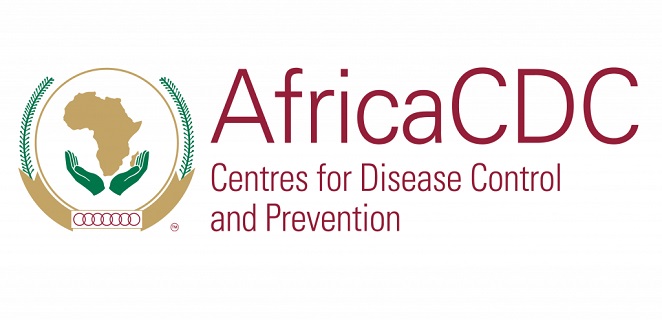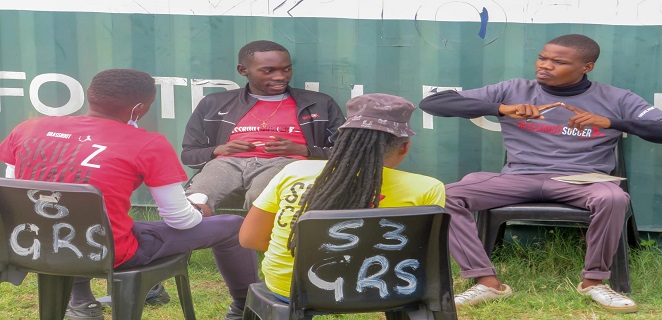THE Ministry of Health and Child Care (MoHCC) Deputy Director, Tuberculosis (TB) and HIV services, Dr Charles Sandy says even though Zimbabwe was recently removed from the TB high burden list, it was too early to “Let Our Guard Down” as most TB patients were still missing treatment.
By Michael Gwarisa
Speaking during a virtual sensitization meeting for the new Stop TB Partnership Zimbabwe grant, Dr Sandy said the treatment coverage for TB was still in the doldrums and the COVID-19 had worsened the situation.
Previously, we used to be amongst the three high burden list for TB that is Drug Sensitive TB, TB/HIV and Drug Resistant TB. Now we have transitioned out of the Drug Sensitive TB list. However, I would like to caution that we should not relax despite that removal from the high burden list.
“We still have a considerable high burden of TB and we are still challenged with improving our treatment coverage which in 2019 was actually 72% which was a drop from 82% in 2018. That means we have a significant percentage of patients who are missed on treatment. We still have a lot of work on our hands if we are to improve and sustain the incidence decline,” said Dr Sandy.
He added that government and its partners had developed a National TB Strategic Plan and they aim to see a reduction in incidence and mortality from TB by the year 2025.
“We hope that our objectives in the national strategic plan are going to enable us to attain our goals and these are the strategic objectives that we are trying to implement so that we see the desired impact. We are trying to increase treatment coverage; we are trying to increase treatment success rate for all patients with Drug Resistant TB and with drugs sensitive TB.”
The World Health Organization (WHO) Zimbabwe National Professional Officer for TB and Hepatitis, Dr Mkokeli Ngwenya said the removal of Zimbabwe from TB high burden list was a major move in the End TB strategy.
“In 2015, the WHO defined these three lists and put countries into the 2016 2020 list. However, that was not a new thing in the global TB programme because these lists had actually been used for several years before 2015.
“The oldest list for TB dates back to 1998, In 2015 there was a review of these lists and a clear criteria defined and then we ended up with 30 lists. These countries selected based on their absolute number of incident cases per year and then 10 are selected based on the severity of the burden that is the incidence 100 000 population per year,” said Dr Ngwenya.
Meanwhile, the Stop Tuberculosis (TB) Partnership Zimbabwe has received a US$55,000 one-year advocacy grant from the Stop TB Partnership office in Geneva in a bid to strengthen TB response activities in Zimbabwe.
Stop TB Partnership Chairperson, Mr Donald Rungoyi said the grant was for implementing some of the Stop TB Partnership Zimbabwe activities over the next few months.
“The Stop TB Partnership received a one-year advocacy grant to implement activities to strengthen the TB response through multi stakeholder partnerships. The implementation of the grant is guided by three objectives which include engaging the TB Caucus so as to catalyze the country’s dialogue on UNHLM targets, commitments and accountability towards the 2022 targets, to position Stop TB Partnership Zimbabwe as a strategic leader and convener of TB issues and lastly to mobilize resources to sustain TB efforts in Zimbabwe.”
One of the major highlights of the new grant is to push for the hosting of a high-level meeting with the head of state and health minister to push for the fulfillment of the UNHLM targets by the year 2022. The new Stop TB Partnership grant will scale up engagements through stakeholder sensitization meetings and increasing partnerships local media organizations to ensure the TB message goes far and wide.




